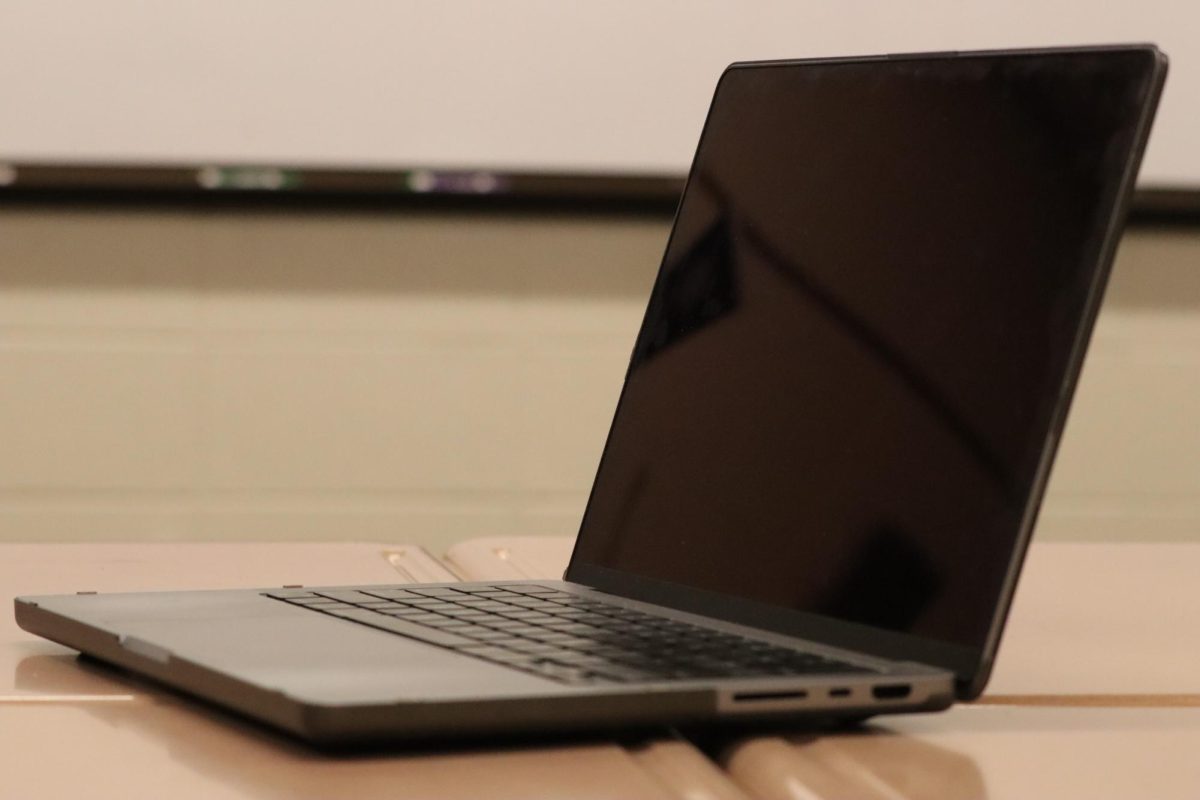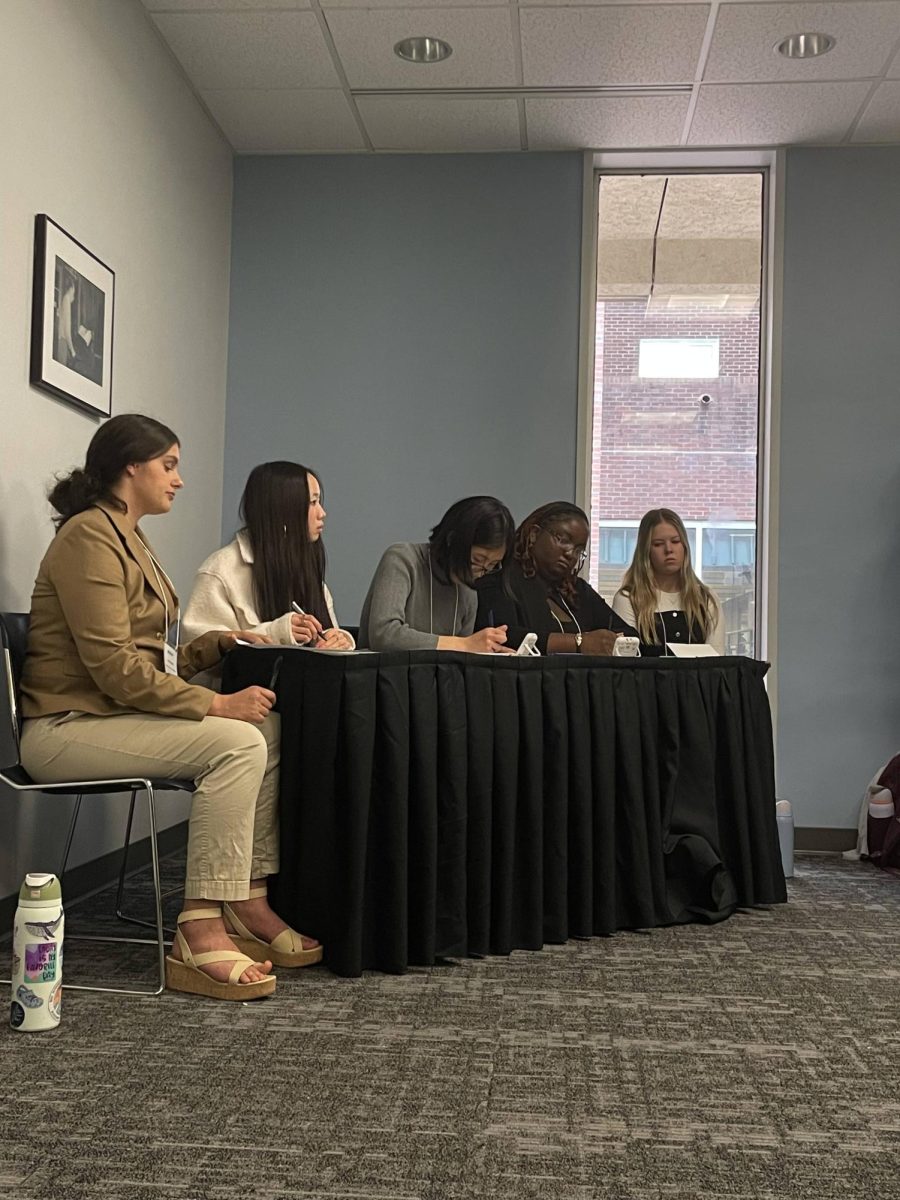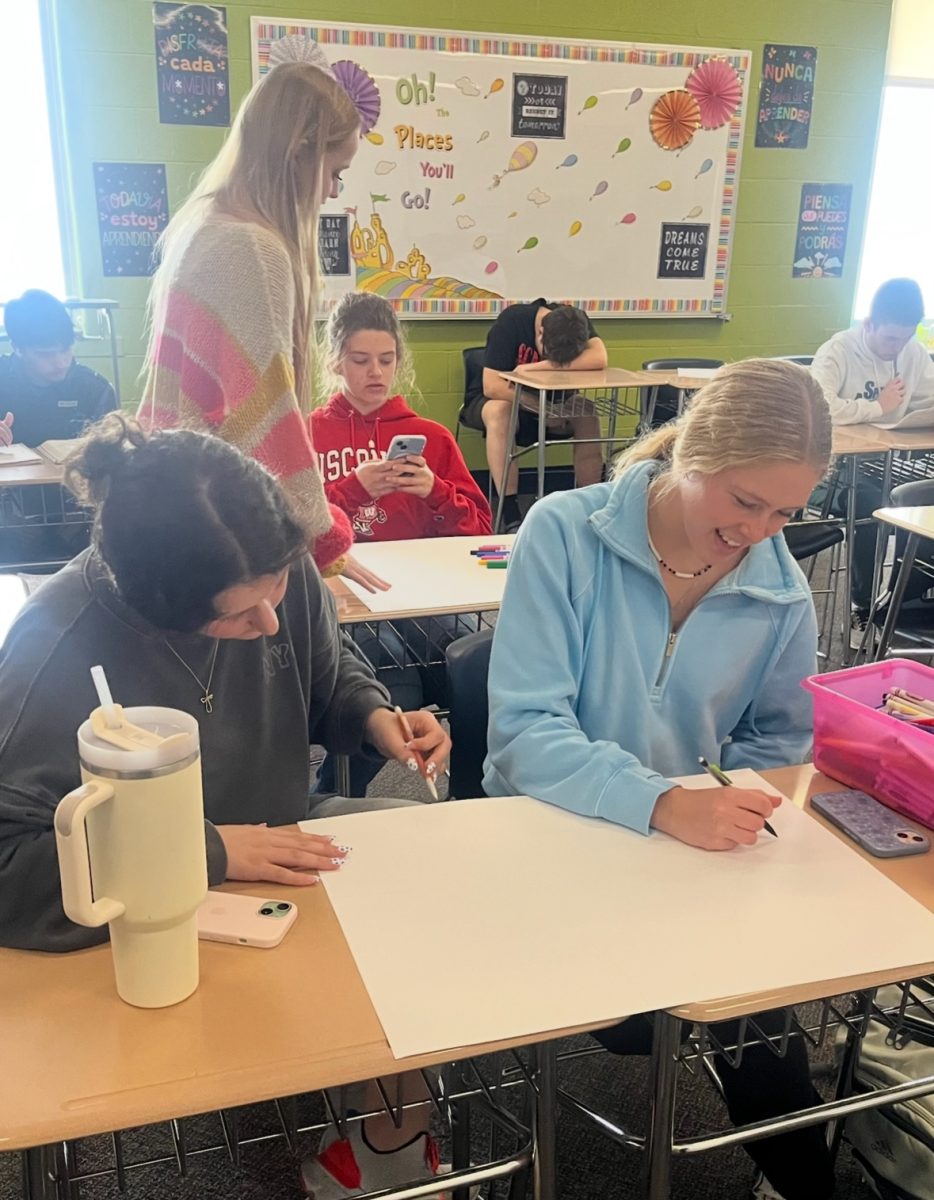The first primitive computers were introduced into New York schools in 1965. Since then, the use of technology in classrooms expanded rapidly, allowing students access to all types of online tools. But has the introduction of screens helped or hurt the learning experience?
Technology can offer many benefits for school districts and provide students with opportunities that aren’t available in the classroom. Websites like Khan Academy and Code.org can help students learn new skills without needing an in-person teacher, while regimented online courses like those taken from Edx.org can even be worth credit for classes. Additionally, online libraries, web dictionaries and encyclopedias give students access to a vast breadth of free information for research.
Some students also seem to enjoy the convenience and flexible nature of technology. “Google classroom is really helpful, since I can see when all of my assignments are due and communicate with my teacher online if I have questions,” said senior Rory Raj Meeduri.
Though technology has value in schools, many also believe that it can be detrimental to the learning experience. While phones, laptops and other personal devices can empower students to learn independently and set their own schedule, they can also create distractions in the classroom. Studies found that having a device didn’t lower students’ scores in comprehension tests within lectures but did lower their scores in the end-of-term exam by at least 5 percent, or half a grade.This year, district administration increased restrictions on phone usage in class, cutting off student access during almost all of class time. Students are now required to check their phones into a pouch at the beginning of each period, as well as utilize a digital hall pass system.
Teachers have mixed opinions on whether phone usage is an issue in their classrooms. “The phones can encourage students to disengage from the content being taught. Even just a notification can be detrimental to students who are trying to focus,” said Spartan band director Marc Gaskin.
Moreover, the widespread use of technology in the education system is plagued by the complications of server maintenance, network access and licensing issues. An estimated 3% of US students did not have access to the internet at home; for those with limited internet access, schoolwide network outages could lead to school-wide chaos.
“The wifi is sometimes really unreliable, and there have been a few times when my progress on an assignment was stopped because of the school network going offline,” stated sophomore Jack Belby.
While the usage of technology in schools continues to grow, the debate over its impact on education remains disputed. Supporters of devices argue that they can level the playing field, providing greater flexibility and opportunities for students. Some teachers assert that if students can regulate their own phone usage, technology can be used as a tool and not a distractor. However, those opposed still raise concerns about how over-dependence on screens can impact students’ attention spans and learning abilities. The continued advance of AI and machine learning tools, which greatly affect both the classroom and post-secondary job opportunities, also threatens learning and post-secondary job opportunities. Whether through device usage policies or hybrid learning models, the goal remains to ensure that students can thrive both with and without the aid of technology.









